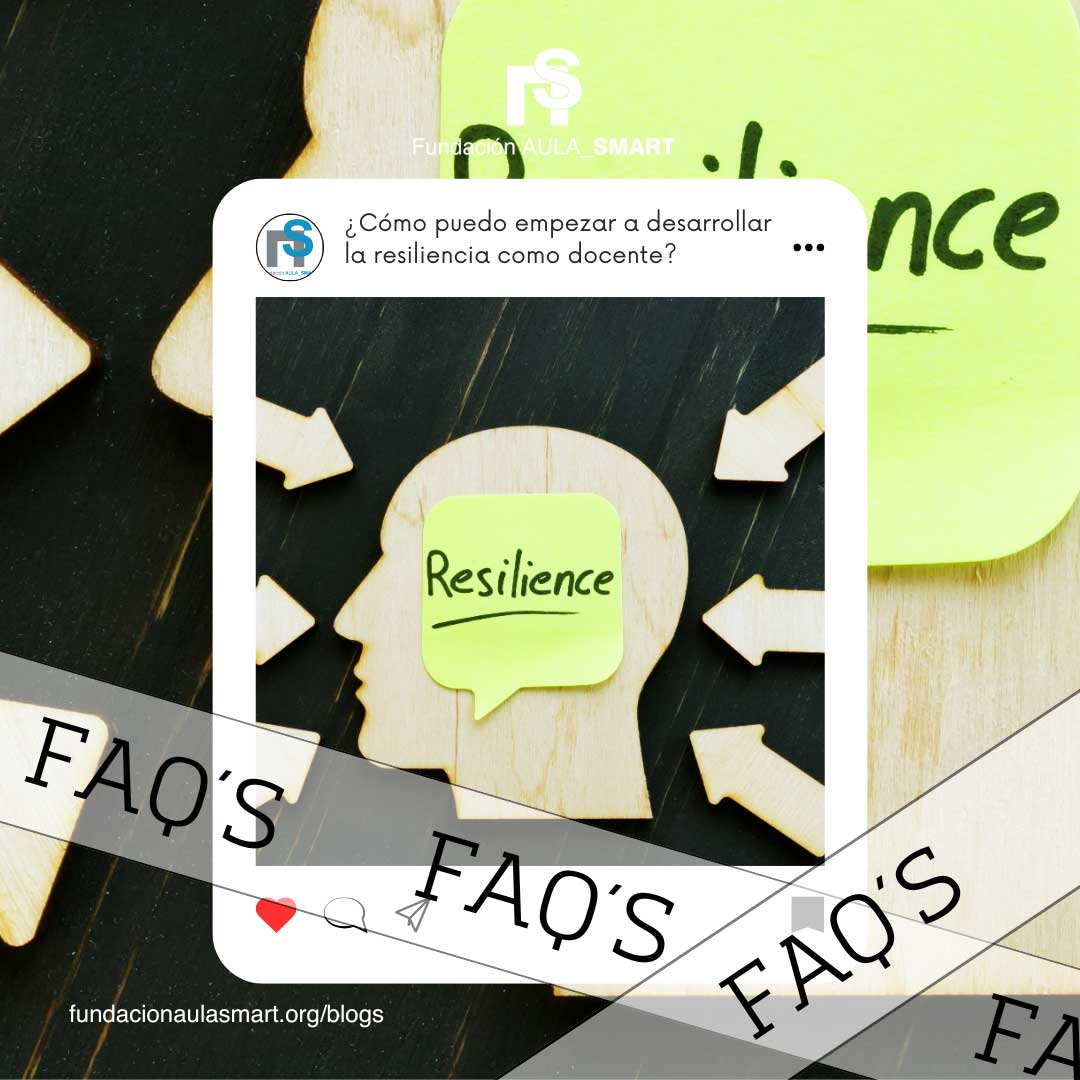Stress in teachers is a growing problem that affects both their well -being and the quality of education they teach. The pressure to comply with school programs, classroom management, administrative burden and lack of resources can generate a negative impact on their physical and emotional health.
In this article, we will explore the main signs of stress in teachers, how to recognize them on time and what strategies can help manage this situation to avoid professional exhaustion.
What is teaching stress and why does it happen?
Teaching stress refers to the physical and emotional response experienced by teachers when they perceive that the demands of their work exceed their resources or abilities to face them. This type of stress can be derived from factors such as:
- Work overload: Excess administrative tasks, exam correction, class planning and meetings.
- Lack of support: Tense relationship with colleagues, managers or parents.
- Classroom conditions: Management of large groups, students with special needs or discipline problems.
- Labor insecurity: Temporary contracts, low salaries or lack of recognition.
- Exposure to technology and constant changes: Adaptation to new methodologies, digital platforms and educational demands.
Physical signs of teaching stress
The body usually manifests stress before the person is fully aware of their impact. Some frequent physical symptoms include:
- Constant fatigue: Sensation of extreme exhaustion even after resting.
- Muscle aches: Neck tension, shoulders and back.
- Headaches: Frequent migraines or headaches.
- Digestive problems: Nausea, acidity or irritable colon syndrome.
- Sleep alterations: Insomnia or little repairing sleep.
- Frequent colds or diseases: Stress can weaken the immune system.
These symptoms can be confused with other conditions, but if they occur regularly, it is possible that stress is affecting your health.
Emotional and psychological signs of stress in teachers
The impact of stress is not only physical, it also affects the emotional and mental stability of teachers. Some signs to pay attention include:
- Irritability and humor changes: Emotional explosions or feel angry without apparent reason.
- Constant anxiety: Excessive concern for classroom performance or labor responsibilities.
- Loss of motivation: Lack of interest or enthusiasm to teach.
- Difficulty concentrating: Frequent forgetfulness and feeling of being "disconnected."
- Feelings of uselessness or failure: Feeling that the effort is not worth it.
- Social isolation: Avoid interacting with colleagues or students.
These signs can generate progressive emotional wear, which increases the risk of professional exhaustion.
Professional exhaustion signals (Burnout)
He Burnout It is the most serious consequence of chronic stress in teachers. It is characterized by:
- Intersonalization: Negative attitudes towards students or work in general.
- Severe emotional wear: Feeling of not being able to face a new work day.
- Low personal fulfillment: Feeling that work is meaningless or that a positive impact is not achieved.
If they are not treated on time, these symptoms can lead to more serious mental health problems, such as anxiety or depression.
Strategies to manage teaching stress
Identifying stress in time is essential to prevent major consequences. Next, some strategies that can help:
A. Take care of physical well -being
- Maintain one adequate sleep routine.
- Exercise regularly to reduce muscle tension.
- Eating balanced and avoiding excess caffeine or sugar.
B. Learn to manage time
- Plan tasks realistically and prioritize the important thing.
- Delegate responsibilities when possible.
- Use digital tools to optimize the organization.
C. Develop emotional strategies
- Practice techniques of Relaxation and mindfulness.
- Learn to say "no" when the workload is excessive.
- Establish clear limits between work and personal life.
D. seek support
- Talk with colleagues about concerns and difficulties.
- Go to psychological orientation or participate in support groups.
- Talk to managers about stressful working conditions.
E. Promote a positive environment in the classroom
- Implement dynamics that reduce stress, such as games or relaxation exercises with students.
- Promote the active participation of students to share responsibilities.
Conclusion
Teaching stress is a reality that can affect education and educational quality if it is not handled properly. Recognizing signs on time is the first step to avoid exhaustion and improve personal well -being.
Apply stress management strategies not only benefits the teacher, but also to his students, promoting a more positive and balanced learning environment. Prioritizing self -care and mutual support within the educational community is key to effective and healthy education.
If you identify with these symptoms, do not hesitate to seek stress management strategies or professional support. Your well -being is as important as that of your students.


















Leave a comment
All comments are moderated before being published.
This site is protected by hCaptcha and the hCaptcha Privacy Policy and Terms of Service apply.